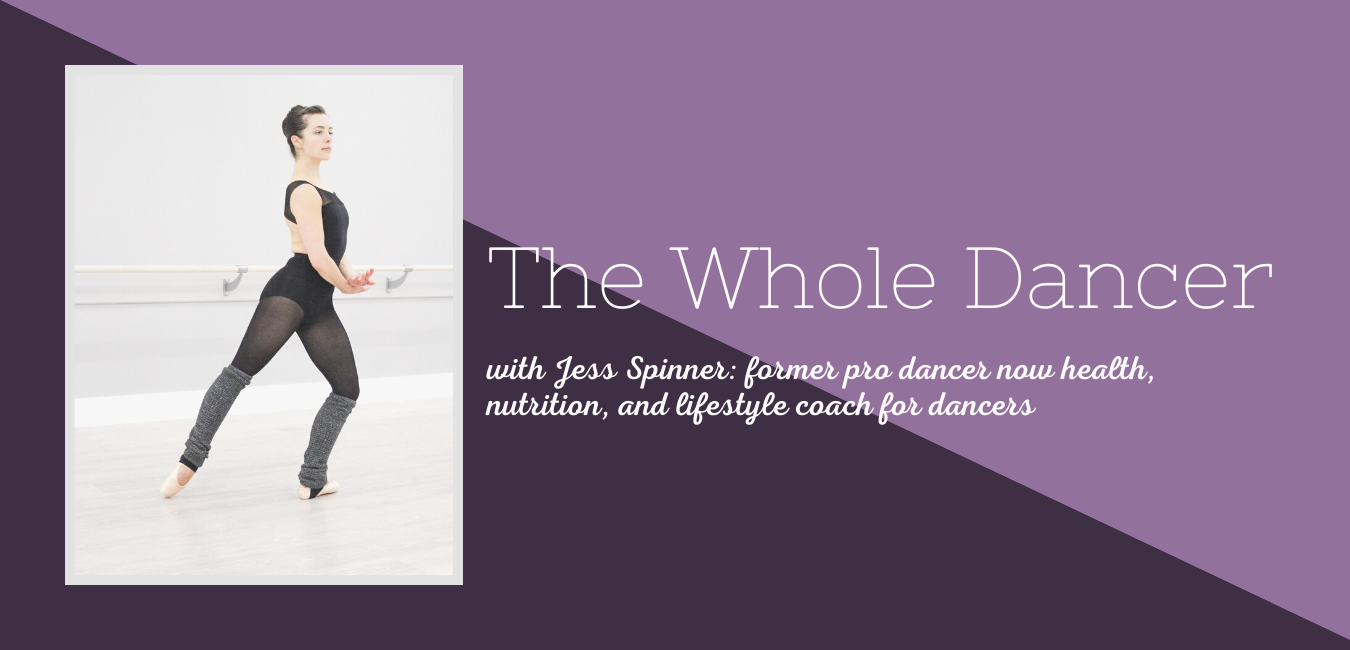Creating your Custom Dancer’s Meal Plan
You have very specific needs as a dancer and in our current situation, being intentional with food is going to support you in so many ways. By making healthy, intentional choices you’re going to have an easier time maintaining your body.
“Maintenance” of your body includes fueling your muscles, staying at your healthy and preferred weight, and feeling happy and energetic in your skin. Even in this unique and stressful time of quarantine, it is possible to do that.
To support you in looking and feeling your best, I’m bringing back an old resource that gives some structure to creating a meal plan. Grab your Meal Plan Cheatsheet here:

This cheat sheet can help you identify the gaps in your eating plan and opportunities for improvement.
Creating a personalized way of eating doesn’t happen overnight. It. Is. A. Process.
Stay away from quick fixes and 21 – day detox plans and aim to find something that’s both sustainable and impermanent. Every day’s meals should not be the same (I’m not saying it’s bad to be on an oatmeal kick for months if that’s what’s working for you – been there, loved that) but…
remember food and ballet both require flexibility!
As you work through the 5 step plan to creating your personal meal plan, don’t be influenced by other dancers. You’re unique in so many ways and that means your energy requirements are unique. Just because your friend has found an eating style that works for her doesn’t mean it will (or should) work for you.
In addition to the plan you’ll learn through this cheatsheet, here are some things to keep in mind:
Food choices might be limited right now:
That’s OK. Work with what’s available. Try some new foods. Learn about new substitutes (like using flax seed in baked goods instead of eggs). Get creative in your cooking and explore with new flavors, seasonings and dishes.
Stress eating can be supportive:
Check out this recent post on Stress Eating Strategies. It’s not always bad and in fact it can be a way to help you acknowledge the stress and other feelings you’re experiencing right now. It’s about being intentional.
Healthy choices are important:
Any nutrition professional who tells you, “you’re so active, just eat whatever you want” isn’t taking into account the high level of performance dancers are striving towards. I’ve heard stories of this sort of advice from dancers who worked with nutrition professionals who don’t have high level experience in dance.
Non-dancers sometimes have the perception that dance isn’t as physically strenuous as it is and they therefore don’t put enough emphasis on choosing healthy foods.
Prioritizing whole, plant based foods is going to bolster your health and your performance. Keep it simple: fruits, vegetables, whole grains, nuts, beans, seeds, and avocados can makeup a primary portion of your meals.
Not all choices have to be healthy:
Should you prioritize healthy, whole food as an artist and athlete? Absolutely. However, eating treats, sweets and snacks that are “less healthy” at times should be part of your plan.

The most important thing is not to categorize your food as “good” or “bad”. When you do that, you likely attribute those words to yourself and that can be destructive (ie I ate a “bad” food, therefore I was “bad”).
We all know dancers who eat crap most of the time and still manage to perform at a high level:
Some dancers drink soda and eat excessive sugar. They might overeat one day and under-eat the next. Is it possible to have unhealthy habits and dance at a high level? Yes. Those people are the exception. They’re not setting themselves up for long term success.
You also can’t know how they really feel. They might’ve gotten used to feeling like crap most of the time. They likely experience extreme highs and lows in energy (leading to the need for sugar, soda or caffeine).
Make sure you’re enjoying your food:
The indulgences you’re allowing AND the healthy food you eat should be satisfying. If you think healthy food is bland and tasteless, it’s time to reframe that thought and find the recipes that are healthy AND tasty. If you search for “healthy” recipes, you’ll usually find things like steamed veggies, plain rice and chicken (or some iteration of that boring meal). That IS NOT how you have to eat.
Take any negative perceptions you have around “healthy” and work through them. Healthy is positive, supportive AND delicious. Now, grab your cheatsheet and get started! If you have a question, reach out.

